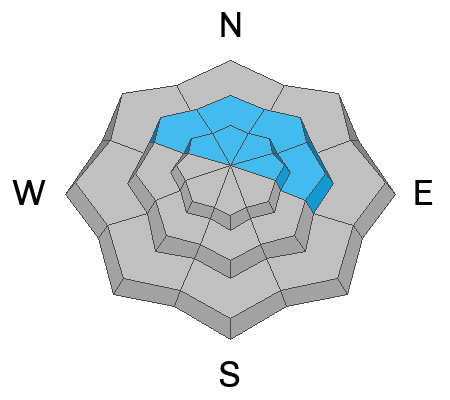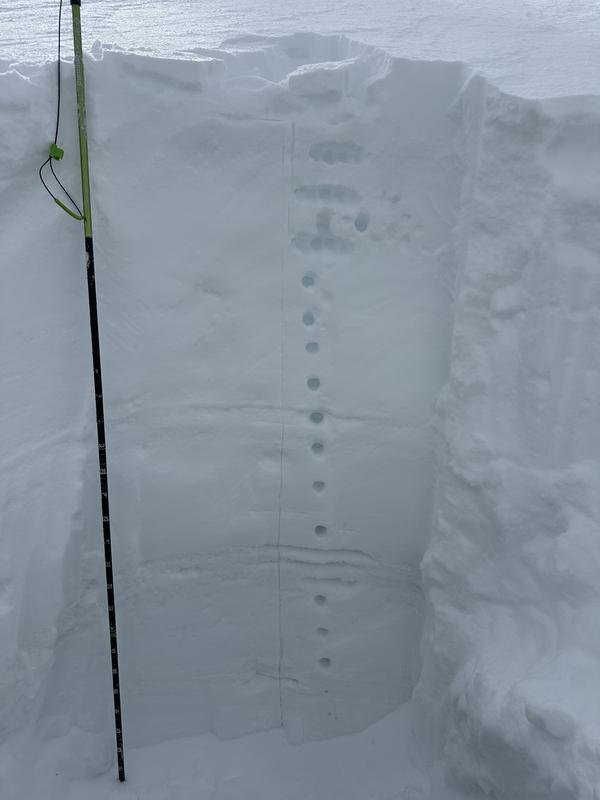Forecast for the Ogden Area Mountains

Issued by Nikki Champion on
Thursday morning, February 20, 2025
Thursday morning, February 20, 2025
Avalanche danger is CONSIDERABLE on all aspects and elevations.
Periods of heavy snowfall and strong winds will create dangerous avalanche conditions. Expect avalanches within the storm snow and wind-drifted snow, with any slide potentially stepping down to one of the buried weak layers, triggering a deeper avalanche several feet deep and hundreds of feet wide. Stay alert—avalanche danger will rise as the storm intensifies. If the storm overproduces, avalanche danger could rise to HIGH by this evening, especially at upper elevations that receive the most snow and wind.
The travel advice remains unchanged—avoid avalanche terrain.

Low
Moderate
Considerable
High
Extreme
Learn how to read the forecast here










